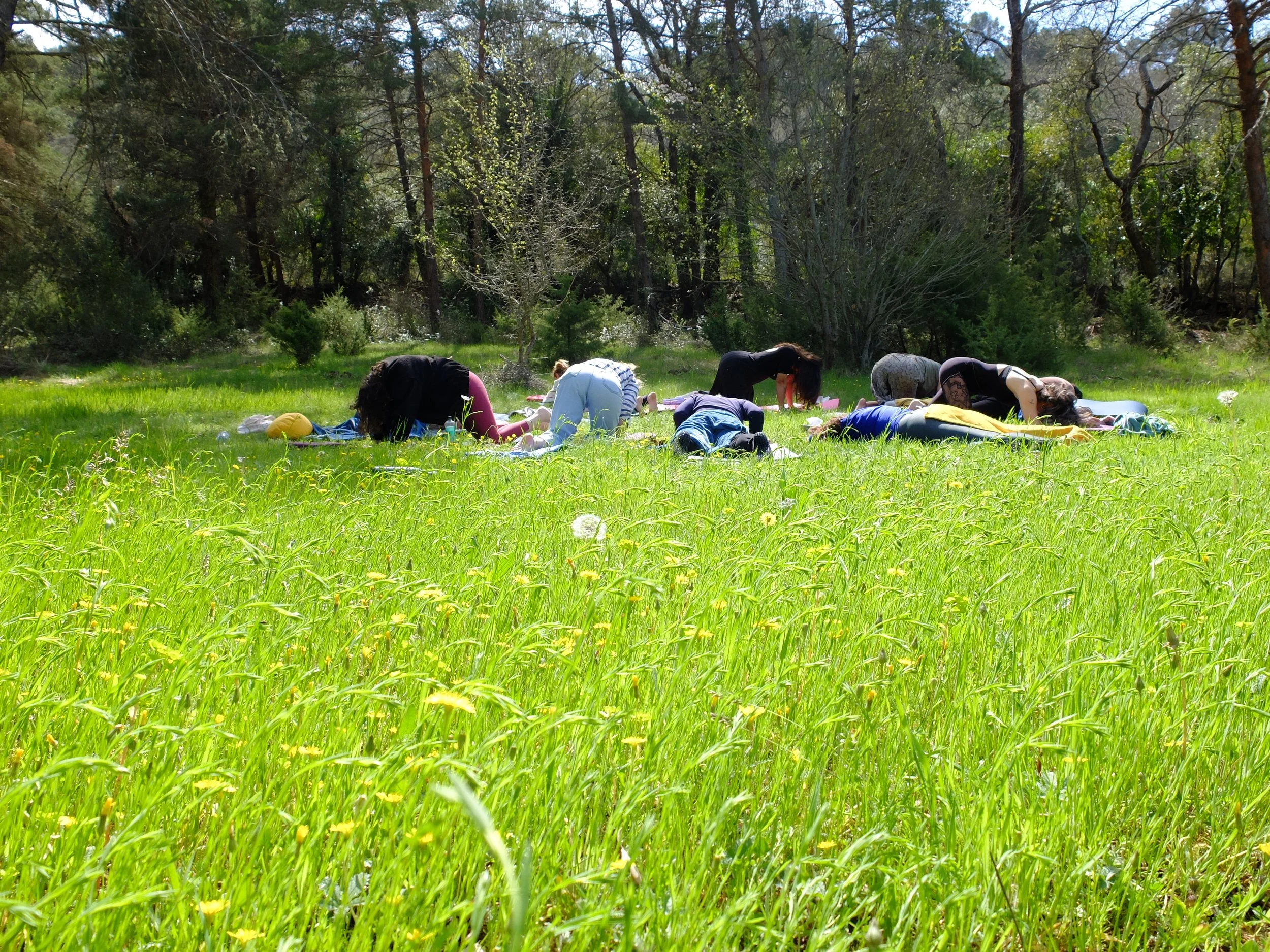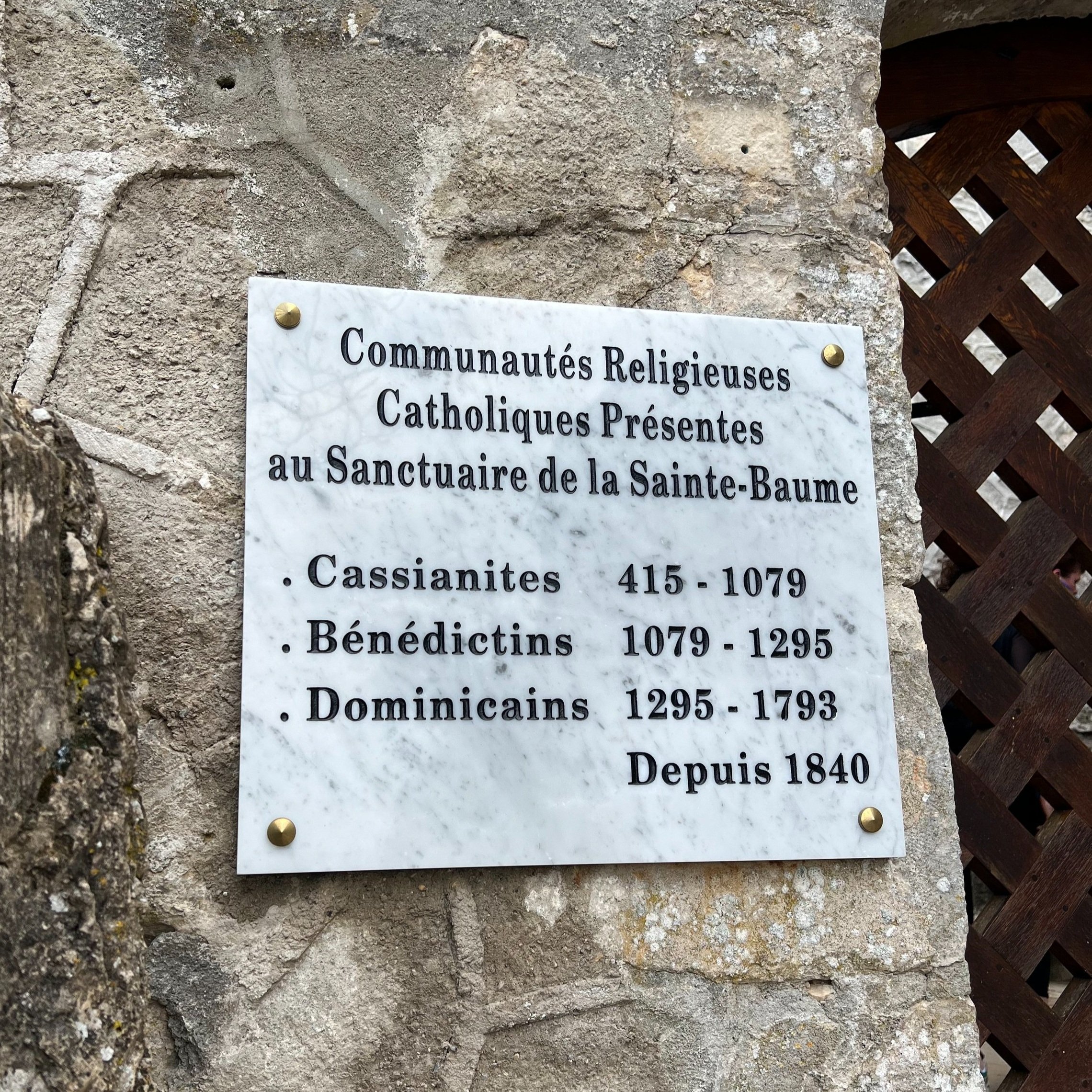Mary Magdalene
If you have landed here after reading my writing of Mary Magdalene & would love the meditation I recorded in her cave here in the South of France, I am so happy to send it over for you. Just click the link below. Otherwise, welcome to this introduction to Mary Magdalene as a archetype for our times, our revolution for honoring ourselves & the power our femininity.
The Mary Magdalene Oracle book
An excerpt:
“We light our candles, our hands trembling slightly. Uncertain what to do next. We place a rose on her altar. We both smile shyly. We barely make out each other’s outline by the light of our candle. A lump rises in my throat. No. Not now.
But the grief is relentless, clawing its way up. My throat, the seat of my voice, the instrument I have spent my life freeing, now locks around this pain that keeps returning.
I take his hand and put it on my throat. Hoping it will appease the tightness. With his rose he caresses my cheek. I close my eyes. The chokehold on my throat slowly abates with the warmth of his gentle fingers.
He outlines my face with his rose, my eyes, behind my ears. Everywhere the petals touch I soften. And awaken.
The petals trail down, tracing the hollow of my throat, the dip between my collarbones. His rose moves lower, over my chest, my ribs. I tremble. I take my own rose and touch it to his lips. His eyes flutter shut. “
“The feminine is rising & this book will initiate many into this new era”

Before We Begin...
I’m not Christian.
I don’t follow dogma.
But I also can’t ignore this:
The story of Jesus and Mary Magdalene has shaped the psyche of the Western world more than almost any other myth, text, or teaching in the last 2,000 years.
Whether we believe it or not, it lives inside us.
In our ideas of holiness.
In our fears of sin.
In the split between sex and spirit.
In the pedestal and punishment of women.
In the silence around the body and its wisdom.
This isn’t just about religion. It’s about memory.
Cultural. Ancestral. Cellular.
And as Mary Magdalene reemerges — in dreams, in visions, in the forest caves of France — she invites us not into belief, but into remembrance.
Not to worship her, but to reclaim what was lost:
the feminine face of the divine,
the sacredness of the body,
and the truth that you don’t need a middleman to access God.
Who Was Mary Magdalene?
1. The Historical Woman
Mary Magdalene was a Jewish woman who lived in 1st-century Palestine. She is mentioned in all four canonical Gospels as a close follower of Jesus of Nazareth. Contrary to the later myths that painted her as a prostitute, there is no evidence in the Bible to support this. Instead, she is described as a woman who was healed of seven demons, and who became one of Jesus’s most devoted companions.
Crucially, Mary Magdalene is named as the first witness to the resurrection. In John’s Gospel, she is the one Jesus appears to first — a detail that has led many theologians and mystics to refer to her as the Apostle to the Apostles.
But this truth was inconvenient for a rising empire.
By the 4th century, as Christianity became institutionalized under the Roman Empire, the Council of Nicaea (325 CE) began codifying the religion. It was here that the foundations of “orthodox” Christianity were set — and many alternative, mystical, and feminine-centered perspectives were cast out. The radical message of personal spiritual authority, embodiment, and direct revelation was deemed heretical. And so too was Mary’s central role.
For nearly two thousand years, we’ve been told only half the story.
The half that served the church, not the Christ.
But something changed in 1945.
In the Egyptian desert near Nag Hammadi, a collection of ancient scrolls was discovered — hidden in earthen jars by early mystics, likely Coptic monks, who knew they might be destroyed. These writings, now known as the Gnostic Gospels, included sacred texts long thought lost: The Gospel of Thomas, The Gospel of Philip, and The Gospel of Mary — the only surviving gospel attributed to a woman.
In these texts, Mary is not a footnote. She is the one who understands.
The one Jesus trusts with hidden teachings.
The one who comforts the disciples with visionary wisdom.
She is portrayed as a woman of gnosis — direct, embodied knowing — and spiritual authority.
Her voice, buried for centuries, began to rise again.
2. The Legend in France
According to French tradition — especially in the regions of Provence and the Sainte-Baume mountains — Mary Magdalene traveled by boat to the south of France after the crucifixion, along with several companions. Legends say she arrived at the shores of Saintes-Maries-de-la-Mer and eventually made her way inland to a remote cave in the forested cliffs above what is now Plan-d’Aups-Sainte-Baume.
It is here, in this cave known as La Sainte-Baume (from the Provençal word for cave, baumo), that she is said to have lived the last thirty years of her life in prayer, contemplation, and ecstatic union with the Divine.
This forest is unlike anything else in Provence — lush, mossy, wild, and dense. It holds the only naturally occurring primeval forest in the region, and the energy is unmistakably different. Pilgrims from all over the world visit this place to walk the forest path and enter the cave — which has become a sacred sanctuary and initiatory site for those drawn to Mary’s presence.
Whether or not you take the legend as literal truth, the felt sense of the sacred here is undeniable.
Why is she so important today?
3. The Spiritual Current She Carries Now
In recent decades, Mary Magdalene has reemerged as a spiritual icon and divine feminine figure. To many, she represents the sacred union of body and spirit, eros and devotion, sexuality and soul. She is not just a biblical figure anymore — she is a frequency.
Many women (and men) feel her presence today not just as history, but as a living force — a guide, a mirror, a remembrance of what was lost and what can be reclaimed.
In the mystical, esoteric, and channeled traditions, Mary Magdalene is often seen as:
A High Priestess of Isis, trained in temple arts and sacred sexuality
A Tantric initiate and spiritual equal to Jesus
A frequency holder of the embodied sacred feminine
A guide for those reclaiming their voices, their wombs, their erotic power, and their sacred purpose
For those of us walking this path, Mary Magdalene isn’t just someone we read about — she is someone we remember through the body.
She is a portal to the sacred that lives within us.
She is an invitation to make holy what has been desecrated.
And in a world that’s desacralized so much — our bodies, our time, our sexuality — she leads us back into the temple of ourselves.
If you are feeling her call — maybe gently, maybe fiercely — you are not alone.
Her legacy is not confined to stained glass and scripture.
It lives in caves. In forests. In voices shaking free.
And perhaps... in you.
4. What Is Gnosis?
Gnosis is a Greek word that means knowledge — but not the kind that comes from books or belief systems.
It refers to direct, embodied knowing.
Revelation through experience.
Truth that is felt, lived, and remembered in the bones.
Gnosis is not something someone can give you. It’s something that awakens within you — often through a moment of piercing clarity, a somatic remembrance, or a sacred encounter that rearranges everything.
In the early centuries of Christianity, there was a rich tapestry of mystical movements known as the Gnostics. These were men and women who emphasized the inner journey — the direct experience of the divine within. For them, salvation didn’t come from blind obedience or external authority, but from awakening the divine spark inside each human being.
Mary Magdalene, in several Gnostic texts (like the Gospel of Mary, the Pistis Sophia, and the Gospel of Philip), is portrayed not as a repentant sinner, but as a wisdom bearer — someone who had gnosis. She understood the teachings of Christ not just intellectually, but through mystical union.
In the Gospel of Mary, she comforts and instructs the male disciples after Jesus’s death, recounting a visionary teaching he gave her in private — a transmission of the soul’s ascent beyond the material world. Her voice is clear, centered, and calm. The male disciples argue. Some believe her, others don’t. But her role is unmistakable: she is the one who knows.
To walk the Magdalene path today is to reclaim gnosis.
To stop outsourcing your truth.
To listen for the whisper that comes not from above, but from within.
Whether it arrives through dreams, deep silence, dance, erotic prayer, grief, or breath — it is always yours.
And it will feel like coming home.

The Gnostic Body
In many mystical traditions, the body is something to transcend.
In Gnosticism — especially the Magdalene stream — the body becomes the holy of holies.
Not the enemy of the soul, but its most intimate companion.
Not a temptation to overcome, but a temple to remember.
Mary Magdalene’s lineage reminds us that gnosis is not just intellectual or spiritual — it’s erotic, emotional, cellular.
It lives in the voice breaking open mid-chant.
In the thighs trembling from pleasure.
In the heart cracked wide from grief and longing.
In the moment you stop performing and start transmitting.
This is the gnostic path through the body — the knowing that cannot be taught, only felt.
And it is radical in a world that taught us to numb, perform, control, and conform.
To return to your body as sacred is to reclaim what empire tried to destroy:
your sensual intelligence.
your primal wisdom.
your right to ecstasy and emotion.
your divine sovereignty.
The body doesn’t lie.
It doesn’t need a priest, a guru, or permission.
It only needs safety, presence, and space to speak.
This is what my work offers.
A space for you to listen again.
To trust what you hear.
And to remember what Magdalene has always whispered:
“The doorway to the sacred has always been within you.”




